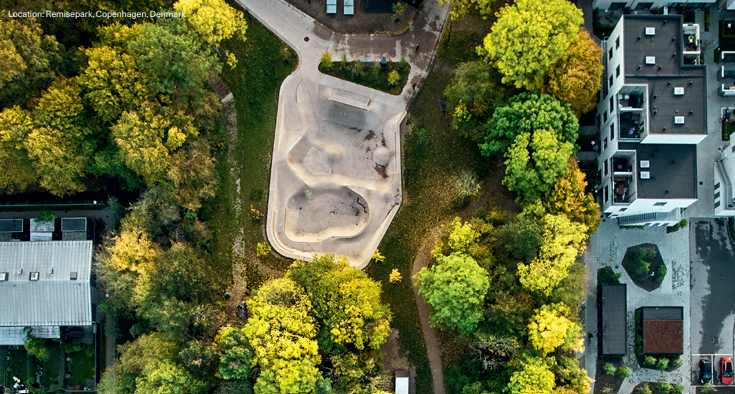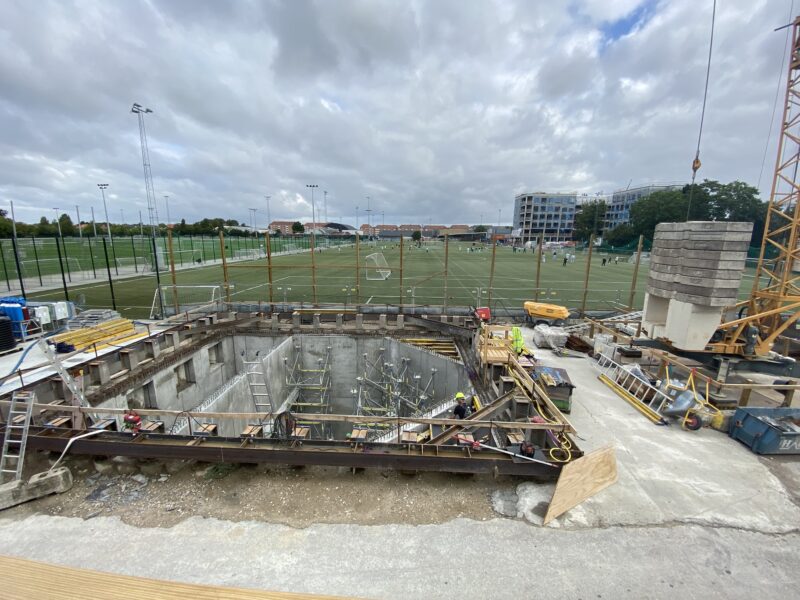Perspective
Climate change adaptation
Smart cities
Urban planning and development
Climate adaptation can promote liveability


Crises represent an opportunity to start doing things differently
We are living in a time of sustainability crisis marked by multiple crises in biodiversity, energy, food, and climate. All of these issues are interlinked, making it both complex and difficult to comprehend and solve, yet one element above all deserves our attention for finding new balance: water. Impactful water and wastewater management holds the potential to mitigate and help us through the sustainability crisis. It has a central role in building sustainable and resilient cities, and with innovative urban water management we can cope with the extremes, namely floods, droughts and heatwaves. We can also gain multiple co-benefits to make our cities greener and less polluted, and provide other sectors with opportunities for regenerative food systems and circular energy production, such as PtX supplied by reused stormwater runoff and treated wastewater.
Integrated planning delivers multiple benefits
Creating liveable urban environments is a key element of resilience planning. It encompasses a wide range of interrelated aspects of city life from governance, economy, and planning to physical infrastructure, sustainable buildings, climate adaptation, and environment. An integrated and balanced approach to these elements enables cities to develop and prosper sustainably. While there is no global definition of what makes a city ‘liveable’, international rankings of the world’s most liveable cities typically consider factors related to safety, healthcare, economic and educational resources, infrastructure, culture, and environment. The best cities manage to create synergies between these dimensions.
Accelerating climate resilience
Going beyond business as usual Taking action on a climate positive future, where more greenhouse gases are offset than emitted, requires significant changes to the way we plan and construct our cities and infrastructure. We need to challenge the carbon footprint and single-purpose model of traditional grey solutions, which yields little additional value to communities. Nature-based solutions generate social and environmental value for the local area and often reduce the need for grey infrastructure. If done right, they can improve climate justice, support human health, and include regenerative features that help us mitigate the climate and biodiversity crises.
Nature-based solutions means working with nature to prevent the worst impacts of climate change, biodiversity and ecosystem loss by protection and restoration of eco-systems or by compensating with the creation of new ecosystems, such as green-blue infrastructure in our cities. We just need to prioritise them. For this to happen, the market needs a mindset change. We all need to better understand the potential impact of the co-benefits linked to nature-based approaches when evaluating and comparing urban and coastal water management solutions. We need to prioritise long-term benefits over short-term costs, and ensure regulations recognise nature-based solutions as equals to traditional infrastructure.
You should consider reading
solutions
Combined heat and power production
+6
CopenHill: The story of the iconic waste-to-energy plant
20 November 2024solutions
Urban infrastructure planning
+2















